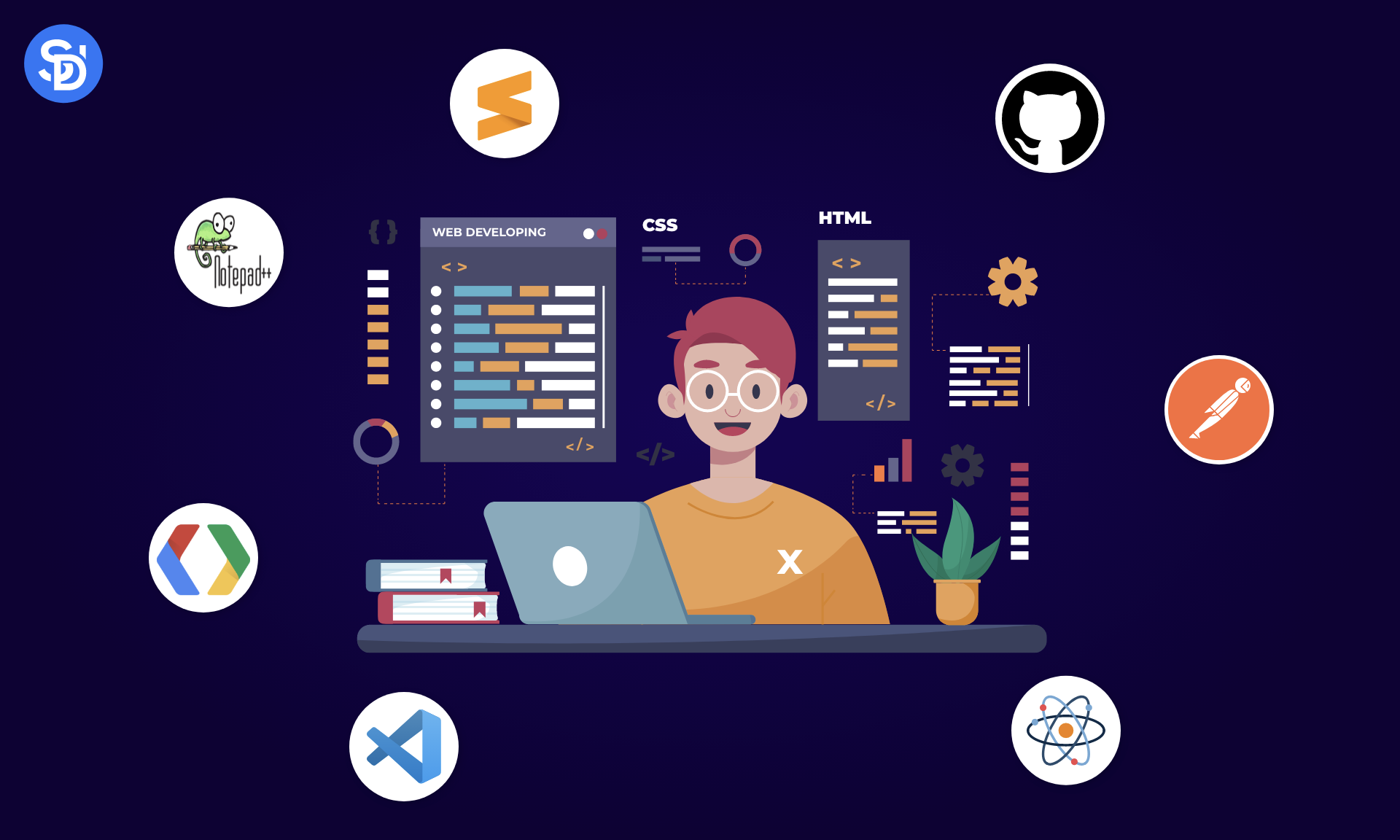
Web design is an ever-evolving field, and staying current with the latest tools and technologies is crucial for creating effective and engaging websites. Whether you’re a logistics software development company or a startup, embracing the right tools can make a significant difference. Let’s dive into the modern landscape of web design and explore the tools and technologies shaping the industry today.
Logistics Web Design Software and Tools
Choosing the right web design software can make a significant difference in your workflow. Popular design tools like Adobe XD, Sketch, and Figma offer robust features for creating wireframes, prototypes, and final designs. These tools provide a variety of functionalities that cater to different design needs. For instance, Adobe XD is known for its integration with other Adobe products, making it a favorite among designers who use Adobe’s suite extensively. Sketch, on the other hand, is praised for its simplicity and powerful vector editing tools.
Responsive Logistics Design Technologies
With the increasing reliance on mobile internet usage, responsive design is essential in logistics design development. Tools like Bootstrap and Foundation simplify the creation of responsive websites that perform well on all devices. These frameworks provide pre-designed components and a grid system, making it easier to develop mobile-friendly sites. Best practices in responsive design include flexible grid layouts, media queries, and adaptable images that scale with screen size.
UX/UI Design Innovations
User experience (UX) and user interface (UI) design are crucial in logistics design development. Tools like InVision and Marvel are indispensable for prototyping and wireframing, allowing designers to create interactive prototypes for testing before development. Modern UX/UI design in logistics focuses on simplicity, intuitive navigation, and engaging interactions. Keeping up with trends such as microinteractions and minimalistic design can greatly enhance user experience.
Content Management Systems (CMS)
Content management systems are transformative in logistics design development by simplifying content creation and management. Platforms like WordPress, Joomla, and Drupal offer extensive features and plugins to expand functionality. Selecting the right CMS depends on your project’s specific requirements. WordPress is favored for its user-friendliness and vast plugin ecosystem, making it ideal for logistics blogs and small business sites.
Front-End Development Tools
Front-end development is vital for bringing visual designs to life in logistics design development. Frameworks like React, Angular, and Vue.js are essential for developers, enabling the creation of dynamic, responsive web applications. Tools like Webpack and Babel optimize code and manage dependencies, enhancing the development workflow.
Back-End Development Technologies
The back-end is fundamental in logistics design development, managing everything from database interactions to server logic. Frameworks like Node.js, Django, and Ruby on Rails offer robust environments for developing complex logistics applications. Database management tools like MySQL, PostgreSQL, and MongoDB are crucial for efficient data storage and retrieval. Integrating these back-end technologies with front-end frameworks ensures a seamless user experience.
Visual Design and Graphic Tools
Creating visually appealing designs is key in logistics design development. Tools like Adobe Photoshop, Illustrator, and Affinity Designer are industry standards, offering powerful features for creating and editing graphics. These tools also optimize images for the web, ensuring quick load times without sacrificing quality.
Website Performance Optimization Tools
Website speed and performance are critical in logistics design development for user satisfaction and SEO. Tools like Google PageSpeed Insights, GTmetrix, and Pingdom help monitor and enhance website performance. They analyze various aspects, such as load times and server response, providing actionable insights. Techniques like lazy loading, compression, and caching are vital for optimizing web content.
SEO Tools for Web Designers
SEO is integral to logistics design development. Incorporating SEO best practices from the beginning enhances a website’s visibility and search engine ranking. Tools like SEMrush, Ahrefs, and Moz offer comprehensive features for keyword research, competitor analysis, and SEO performance tracking. These tools help designers create SEO-friendly designs that attract more traffic.
Collaboration and Project Management Tools
Effective collaboration and project management are crucial in logistics design development. Tools like Trello, Asana, and Monday.com facilitate team collaboration, task management, and project tracking. These tools ensure that everyone is aligned, deadlines are met, and projects stay on track.
Return to Homepage